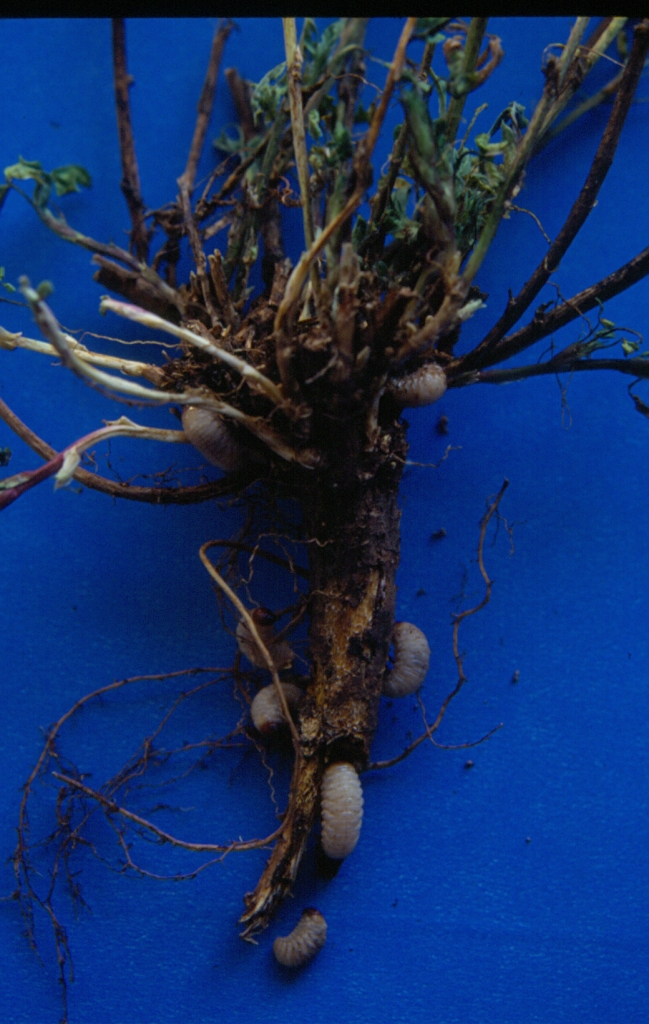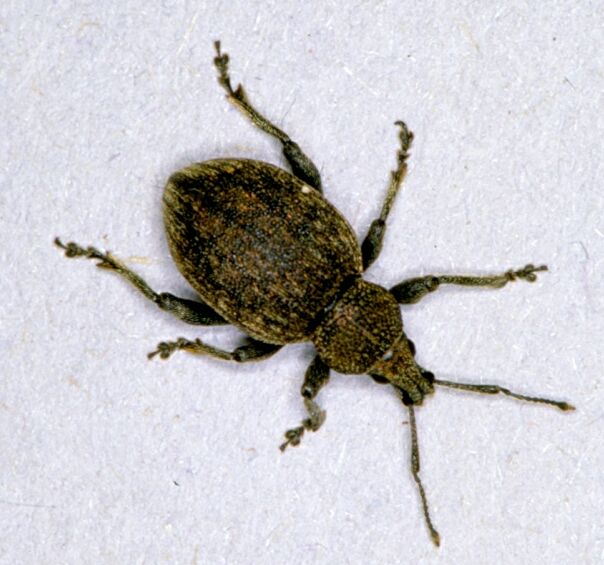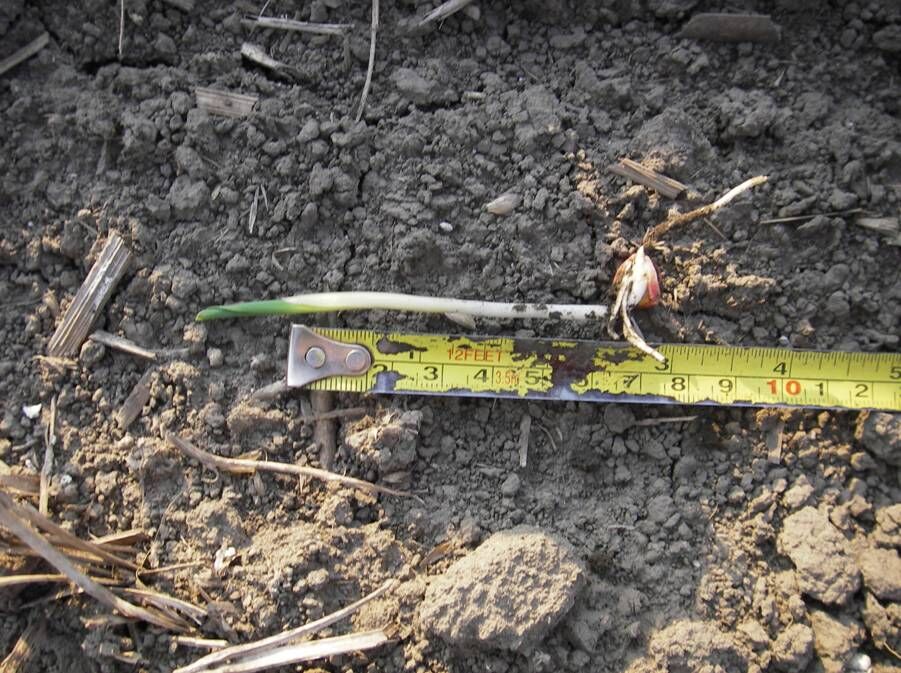Discussion: From mid-April to mid-May, eastern Ontario accumulated 200 to 250 CHUs. Since May 1st, the area has accumulated 150 to 200 CHUs.
Cereals
- Planting is virtually complete. Stands look good overall, but dry conditions at planting time/variable planting depth is resulting in some stand unevenness.
- Early seeded fields are at the 4 leaf stage and are ready for weed control.
- Some growers plan to delay the herbicide application so the timing coincides with the early fungicide application. If weeds are present and the wheat is at the right stage for herbicide application, the herbicide should be applied now.
- There is very little leaf disease pressure to date.
- In spring wheat, a fungicide application at herbicide timing generally provides a 1 to 2 bu/ac yield increase.
Forages
- The combination of alfalfa winterkill and slow growth is causing some forage supply concerns. Stands with high grass contents should have an application of nitrogen after 1st cut (Forages: Fertility Management at http://bit.ly/LSzFvV ).
- Grasses are short, but maturing quickly with blue grass already in head and orchard grass starting to hand out.
- New alfalfa seedings are at the cotyledon to 2nd trifoliate stage, entering the weed control window. Given the relatively dry conditions in early April, forage stands established with drill placing the seed at uniform depth (1/4 to ½ inch) are showing much better establishment than stands established with a drill dribbling the forage seed on the ground surface.
- Alfalfa snout beetles have emerged. The larval stage of the pest is quite destructive in alfalfa fields and sightings outside of Leeds and Grenville should be reported.
Corn
- Approximately 85%+ of the corn acreage has been planted, the exception being the Brockville to Napanee area where a much lower percentage of the acreage has been planted to date. Emergence is excellent for corn planted at the end of April, early May. Population dropped by 5-6,000 plants/acre in some of the fields planted mid-April.
- Adapted hybrid should be planted for another 5 to 10 days.
- Where more livestock feed is required, additional acreage of corn silage will be planted in poor forage stands following and early 1st cut of hay. For nitrogen credits from legume crops, see Previous Crop Adjustments in the Agronomy Guide: http://bit.ly/K7sbU3 .
- Estimate is that 95%+ of the corn acreage will be treated with glyphosate at some point in this year’s weed control program.
- More growers are opting to add a residual herbicide to glyphosate.
Soybeans
- Planting is 60% complete, but ranges from 0% to 100% complete.
- Given the commodity price difference, there is a small switch in acreage from corn to soybeans.
- The dandelion crop has performed particularly well this spring. In no-till fields, the weed control programs will need to be fairly aggressive to bring this weed under control.
- There will be an increase in soybean acreage planted into forage stands after 1st cut hay.



Crop Technology Contacts:
Scott Banks, 613-294-4436 scott.banks@ontario.ca
Gilles Quesnel, 613-294-4457 gilles.quesnel@ontario.ca
NEXT MEETING: Country Kitchen, Winchester, May 29, 2012